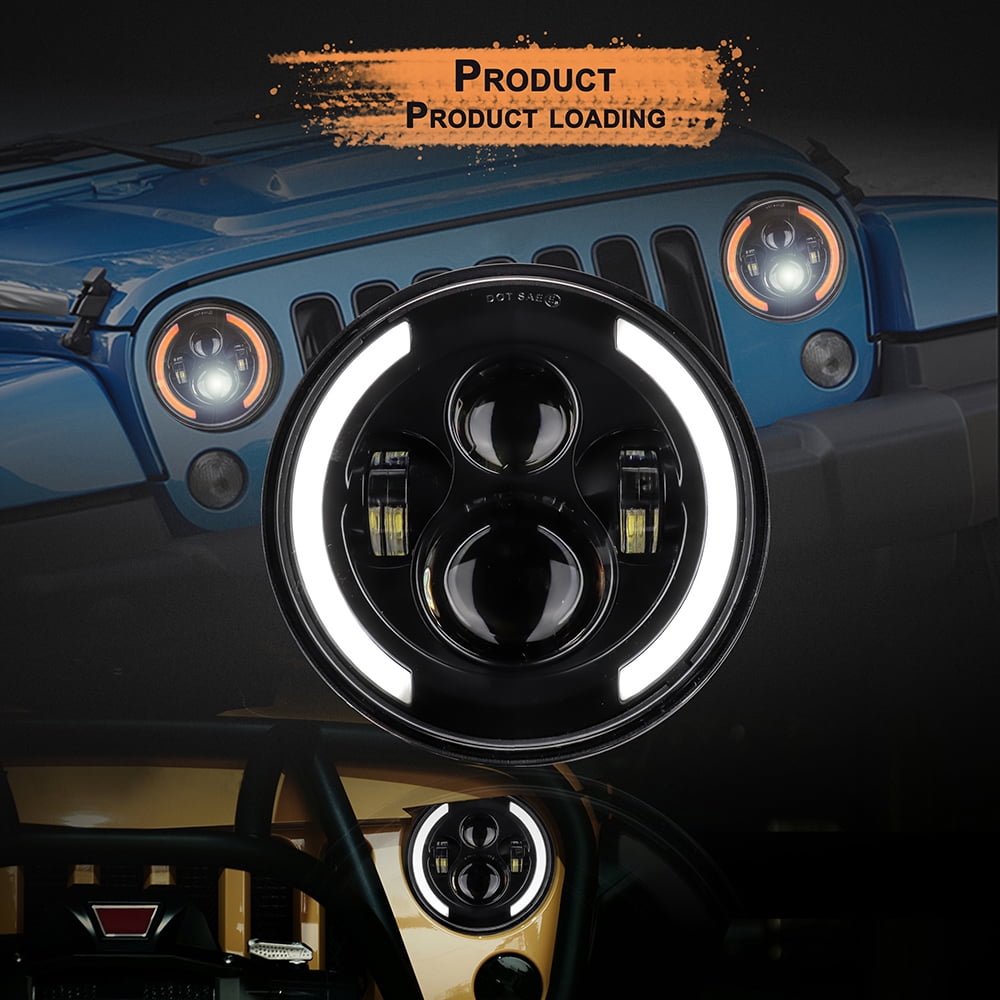The 30-Second Trick For Hikari Led Headlight
A research experiment done in the UK in 1968 utilizing tungsten (non-halogen) lights found that visual skill is about 3% much better with selective yellow headlamps than with white among equivalent strength. Research study carried out in the Netherlands in 1976 concluded that yellow and white headlamps are comparable as regards traffic security, though yellow light causes less discomfort glare than white light. hikari led headlight.
Selective yellow headlamps are no longer typical, but are allowed in numerous countries throughout Europe [] along with in non-European places such as South Korea, Japan and New Zealand. In Iceland, yellow headlamps are allowed and the automobile regulations in Monaco still officially need selective yellow light from all vehicles' low beam and high beam headlamps, and fog lights if present.
The required for yellow headlamps was enacted to minimize motorist fatigue from discomfort glare. The requirement initially used to automobiles registered for road usage after April 1937, but was meant to extend to all automobiles through retrofitting of selective yellow lights on older cars, from the start of 1939. Later on stages of the implementation were interrupted in September 1939 by the outbreak of war. [] The French yellow-light required was based on observations by the French Academy of Sciences in 1934, when the Academy tape-recorded that the selective yellow light was less stunning than white light which the light diffused less in fog than green or blue lights. [] Yellow light was acquired by dint of yellow glass for the headlight bulb or lens, a yellow coating on a colourless bulb, lens, or reflector, or a yellow filter between the bulb and the lens.
The required was in effect until December 1992, so for lots of years yellow headlights aesthetically marked French-registered vehicles wherever they were seen, though some French motorists are stated to have changed to white headlamps regardless of the requirement for yellow ones. The requirement was criticised as a trade barrier in the vehicle sector; French politician Jean-Claude Martinez explained it as a protectionist law.
More usually, country-specific automobile technical policies in Europe were considered a costly nuisance. In a survey published in 1988, automakers offered a series of actions when asked what it cost to supply a vehicle with yellow headlamps for France. General Motors and Lotus stated there was no additional cost, Rover said the additional cost was limited, and Volkswagen stated yellow headlamps added 28 Deutsche Marks to the cost of lorry production - hikari led headlight.
An arrangement in EU Council Directive 91/663, released on 10 December 1991, specified white headlamps for all brand-new vehicle type-approvals approved by the EC after 1 January 1993 and stated that from that date EC (later EU) member states would not be permitted to refuse entry of a vehicle fulfilling the lighting requirements consisted of in the modified documentso France would no longer have the ability to refuse entry to an automobile with white headlights.
Some Known Facts About Hikari Led Headlight.
Though no longer required in France, selective yellow headlamps remain legal there; the existing regulation stipulates that "every automobile must be geared up, at the front, with 2 or 4 lights, creating in a forward instructions selective yellow or white light permitting efficient lighting of the road during the night for a range, in clear conditions, of 100 metres".
Fresnel and prism optics moulded into the headlamp lens refract (shift) parts of the light laterally Website and vertically to offer the required light distribution pattern. Most sealed-beam headlamps have lens optics - hikari led headlight. Beginning in the 1980s, headlamp reflectors began to progress beyond the easy stamped steel parabola. The 1983 Austin Maestro was the first lorry geared up with Lucas-Carello's homofocal reflectors, which comprised parabolic sections of various focal length to improve the performance of light collection and circulation. Depending upon the advancement tools and techniques in use, the reflector may be engineered from the start as a bespoke shape, or it may begin as a parabola standing in for the size and shape of the completed plan. In the latter case, the whole area is customized so regarding produce specific sections of specifically determined, intricate shapes.
Modern reflectors are typically made from compression-moulded or injection moulded plastic, though glass and metal optic reflectors also exist. The reflective surface area is vapour transferred aluminum, with a clear overcoating to avoid the exceptionally thin aluminium from oxidizing. Extremely tight tolerances should be preserved in the design and production of complex-reflector headlamps.
Headlamps that satisfactorily illuminate the road ahead without triggering glare have long been looked for. The very first options involved resistance-type dimming circuits, which decreased the intensity of the Click This Link headlamps. This accepted tilting reflectors, and later to dual-filament bulbs with a high and a low beam. In a two-filament headlamp, there can just be one filament exactly at the focal point of the reflector.

